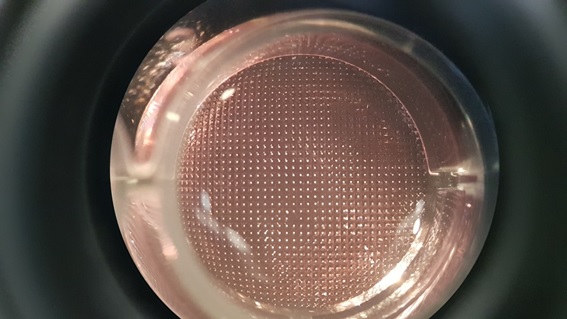The project, called BLOC (Benchtop NMR for lab-on-a-chip), aims to create a new technology that will integrate metabolite determination using nuclear magnetic resonance (NMR) and organ bioengineering, initially aimed at studying diabetes and fatty liver disease, two diseases with a high and growing incidence worldwide.
The heads of the project at IDIBAPS are Dr. Joan-Marc Servitja, an accredited researcher of the IDIBAPS group Pathogenesis and Prevention of Diabetes, and Dr. Anna Novials, the head of the group. Both researchers are also part of CIBERDEM. Dr. Vincent Ribas and Dr. Samantha Morón have also joined the project. The project is led by the Institute for Bioengineering of Catalonia (IBEC), with total funding of almost 3 million euros, and the participation of the companies Oxford Instruments (United Kingdom) and Multiwave Technologies (Switzerland).
The device the project hopes to develop will consist of a benchtop NMR device adapted to detect metabolites using NMR spectroscopy in bioengineered organs. One of the unique advantages of this project is that it will use dynamic nuclear polarization (DNP-MR) to greatly boost the signal, allowing it to monitor metabolites that are very hard to detect using conventional NMR. Furthermore, the device will allow for considerable flexibility in terms of the organs studied and the metabolites to be analyzed.
Cell cultures and animal models, such as mouse models, are very useful for studying diseases and their treatment, but they do not always reproduce human physiological characteristics. Tissue bioengineering makes it possible to study the biological function of the organs by simulating conditions in the organism to the greatest extent possible, such as the existence of a three-dimensional structure, an extracellular matrix, and the communication between types of cells and organs. This makes it possible to achieve a better approximation of the reality of human beings and, at the same time, reduce the use of experimental animals. The device the project aims to create is designed to be able to connect several different bioengineered organs to study communication between them and to study changes in their metabolism in real time.
The IDIBAPS researchers will take part in the bioengineering of the organs, specifically the liver and pancreatic islets. One of the main challenges facing the researchers will be showing that the BLOC device makes it possible to reproduce the metabolic changes observed in organs in mouse models of diabetes and fatty liver disease, also using DNP-MR.
The end goal of the project is to develop a device that allows us to study drugs and physiologic responses in bioengineered organs. The researchers’ intention is to make the technology available to companies and laboratories so that they can develop novel therapeutic strategies, thereby generating an economic impact and major benefits for society.

In the image: Pseudo-pancreatic islets of uniform size used for islet bioengineering